It is common to find dehumidifiers in many homes, especially those in humid climates. If your dehumidifier compressor has been turning on and off, you might be wondering what you should do about it. We've done some research on the topic, and here's what we learned.
If your dehumidifier decompressor goes on and off, here's what you should do:
- Check the pump humidifier's evaporation pad
- Empty the tank
- Check the refrigerant fluid
- Fix the electrical connections
To give you a more comprehensive explanation of the above answer, we provide detailed information in this post. Keep reading to learn more.
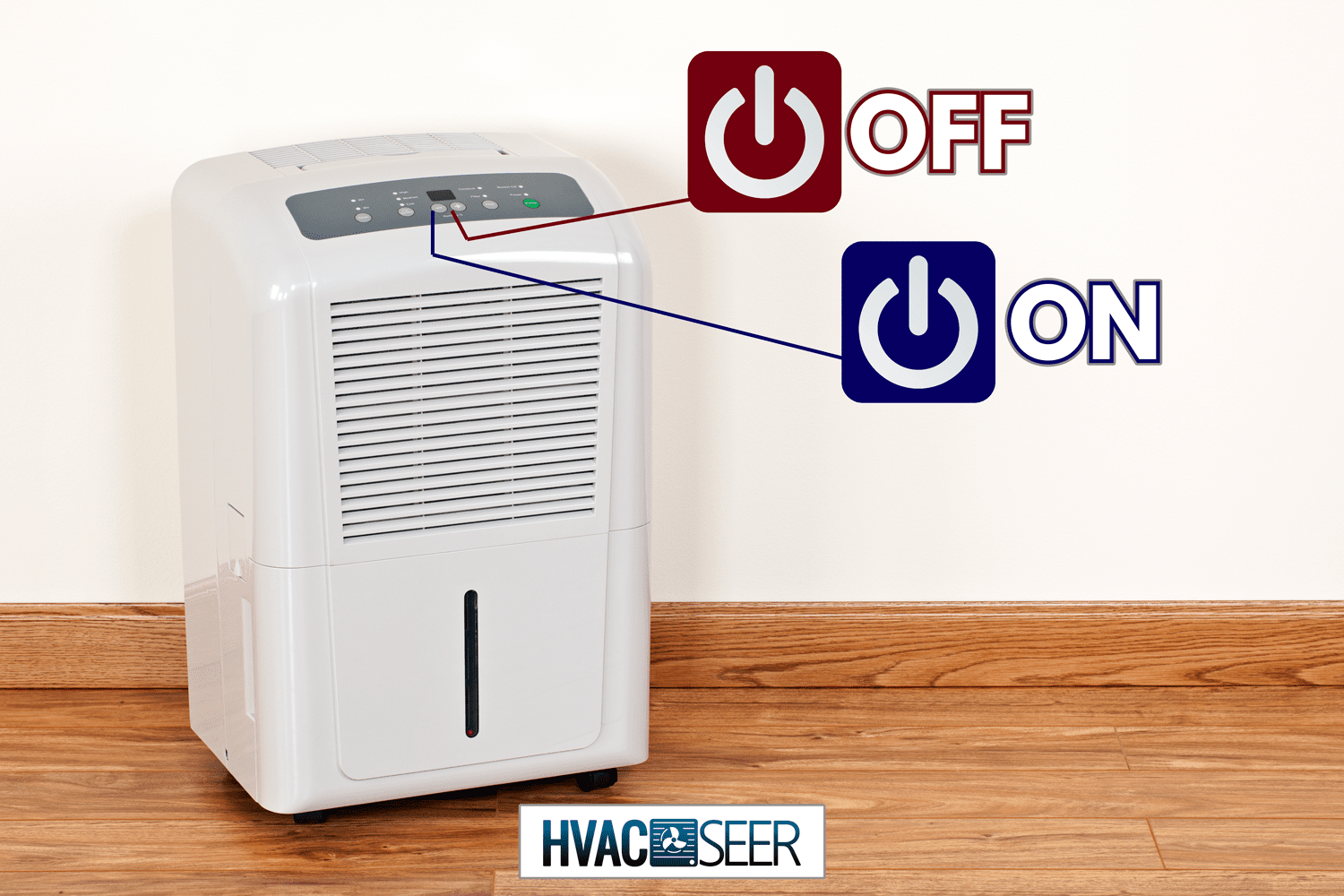
Uses Of Dehumidifiers At Home
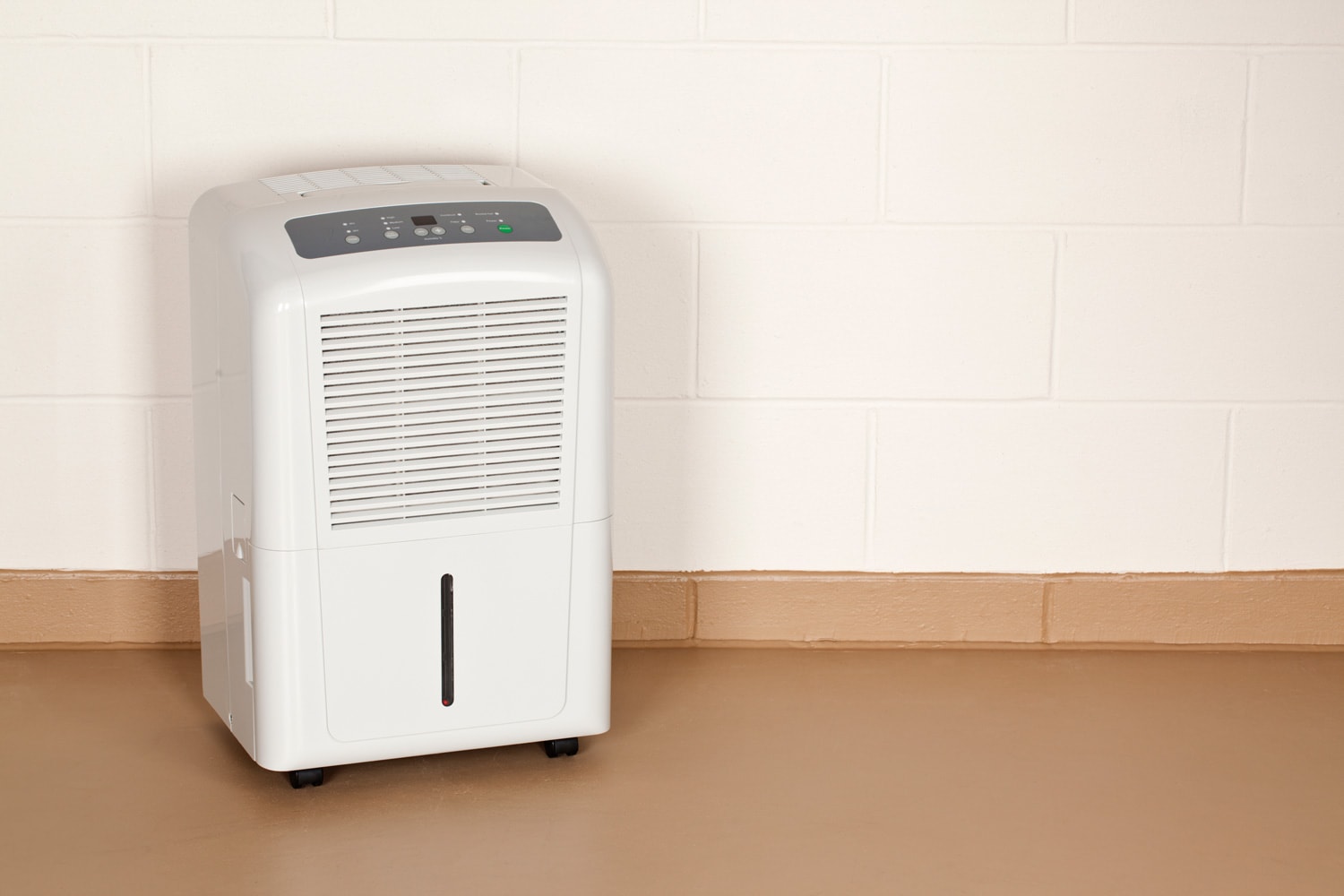
It might be difficult to manage the humidity levels in your home. Both rising and falling humidity can be uncomfortable and may even be dangerous to one's health.
Whenever humidity levels are high, dehumidifiers are used to remove excess moisture from the air. They aid in controlling humidity in moist areas, including basements, enclosed spaces, and garages during humid summers.
While some homes only have occasional moisture problems, others need to manage them constantly. Here are the benefits and importance of using a humidifier at home.
Prevents High Humidity Levels
The structural integrity of your home can be destroyed by high humidity levels. The support beams in your house may experience warping, cracking, or even splitting as a result of moisture damage over time.
Mold may begin to form on the walls, and rust may begin to coat metal fixtures—all because your home has an excessive amount of dampness. A dehumidifier is a simple solution to protect your house from deteriorating over time and give your family healthier living space.
Helps Reduce Mites
Dehumidifiers are essential for enhancing your home's overall indoor air quality. In addition to the number of contaminants you may or may not be breathing in, the humidity levels of the air itself are used to gauge the quality of the air in your home.
A dehumidifier does play a significant role in enhancing the quality of the air within your home, even if an air purifier is undeniably the most efficient approach to rid the air of various harmful elements.
Reasons Why Your Dehumidifier Compressor Keeps Turning On and Off
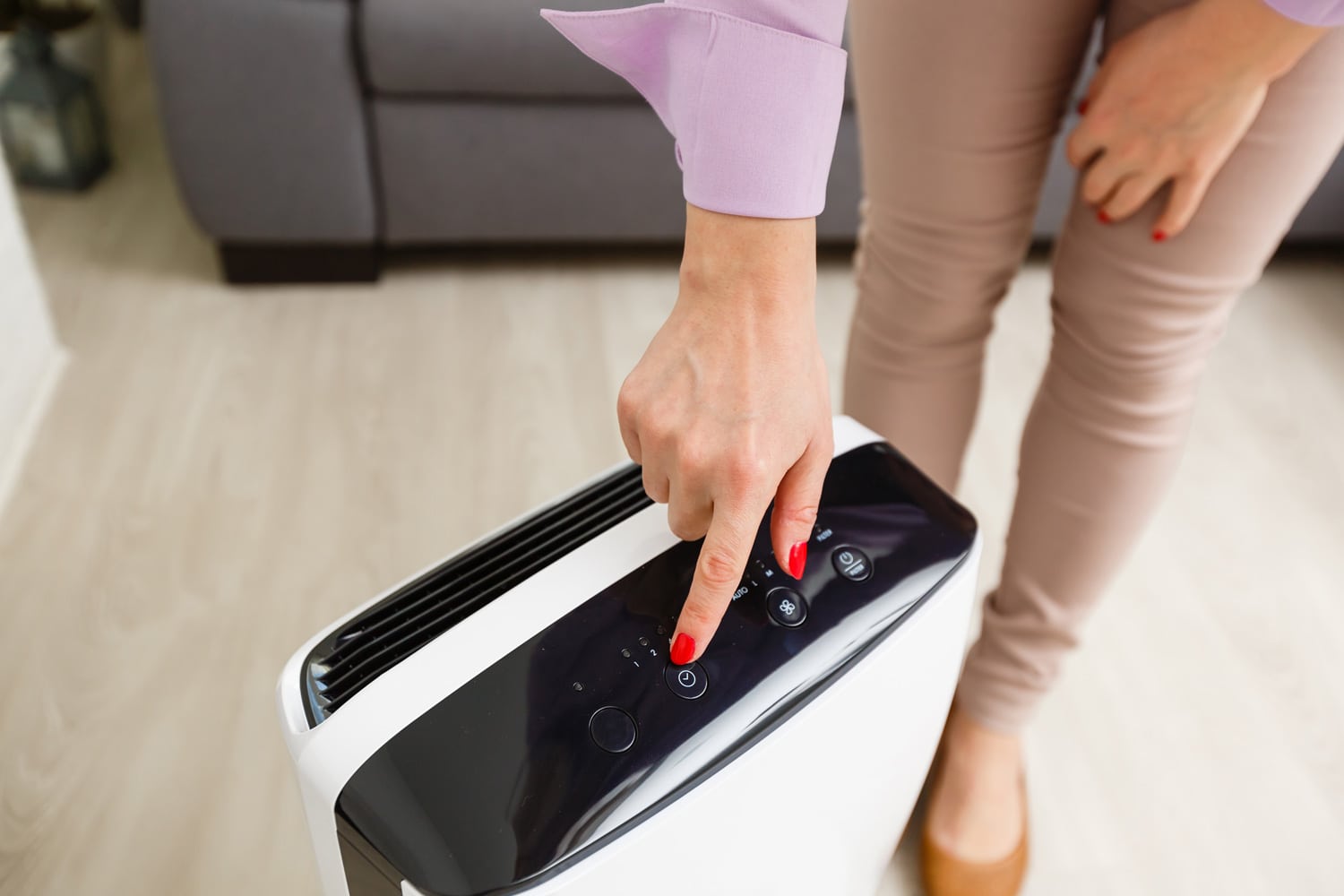
Here are some reasons why your dehumidifier turns on and off by itself:
1. Faulty Float Switch
The majority of dehumidifiers have a shut-off switch that is activated when the water level in the collecting tank reaches the top and switches the equipment off. A full tank can be a sign that the dehumidifier's drainage line has been kinked or blocked if it connects to a floor drain.
How To Repair A Float Switch
- Inspect the float and open the top cover to repair the dehumidifier's float control.
- Ensure the float is clean and the floating pole is straight and tight.
- Make sure the rod doesn't bend while you're cleaning the float.
- The float switch's activation level can be found by physically moving the float. Make any required adjustments to the switch to ensure the proper amount of activation.
- Verify the tightness of each electrical connection on the float switch.
2. High Humidity Level
The dehumidifier might not be running if the air humidity in the area isn't high enough, even if you accidentally turned the humidity level up. Make sure the target relative humidity is not set higher than 40%.
How to Resolve High Humidity Levels
To deal with high humidity levels, you can normally choose a humidity level in the room between 30 and 40 percent with most dehumidifiers. The dehumidifier activates and takes moisture out of the air when the humidity exceeds that mark.
3. Issue With Humidistat
The humidistat may be at fault if your compressor goes on and off. The humidistat is the part of the dehumidifier that activates the appliance when the air moisture level reaches the predetermined level.
It is a little module that is frequently found right underneath the dehumidifier's lid. The dehumidifier cannot be turned on if the humidistat is malfunctioning.
How To Repair A Humidistat
To repair your humidistat, follow these steps:
- Any wires connected to the humidistat should be marked and cut.
- Test the humidistat using a multimeter. It should operate in the on mode only; the off mode is not allowed.
- Replace the humidistat if necessary with an appropriate replacement component.
4. Low Refrigerant Fluid
Warm, wet air enters the device where it comes in contact with a cold condenser coil, allowing the moisture to condense and eventually drip to a collecting tank. The humidity on the coils, however, may freeze if the environment is colder than 32 degrees Fahrenheit, as opposed to condensing and draining.
How to Fix Low Refrigerant Problem
A dehumidifier's condenser coils are filled with compressed refrigerant fluid. A compressor continuously circulates the coils to keep them cold.
The fluid is kept inside by the coil system's tight seal, but over time, there might be damage, allowing the fluid to slowly leak out. The evaporator coils won't get cold enough to remove moisture from the air if there isn't enough refrigerant fluid.
Handling refrigerant fluid requires the expertise of an HVAC professional. You would have to employ the services of one to refill your refrigerant.
5. Faulty Electrical Connections - Fan Not Working
In addition to the internal wire that may short out or come free from connection terminals, dehumidifiers also have electrical parts that could malfunction. Electronic control boards in models from the previous ten or more years may burn out and stop functioning.
A dehumidifier's fan sucks air into the device rather than blowing it out, allowing the water vapor to come into touch with the cold coils. The dehumidifying process can't be effective if the fan isn't drawing air in.
How to Deal With a Faulty Fan
A filthy fan or a damaged fan blade may be to blame if your compressor keeps going on and off. To solve this problem you can simply buy a new fan blade to replace the old ones.
Why Is The Dehumidifier Running But Not Collecting Water?
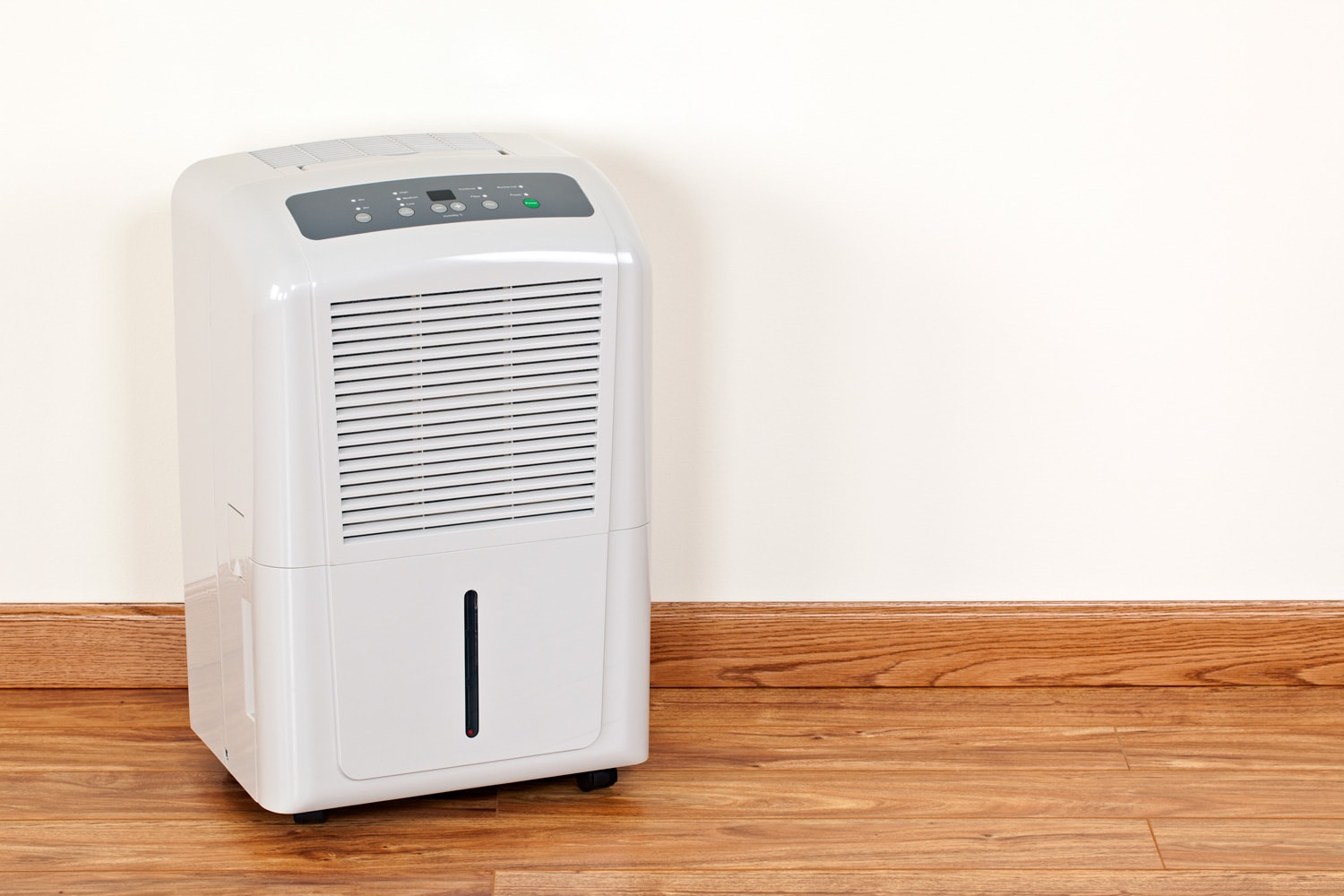
There are several potential causes why your dehumidifier is not collecting water. The majority of dehumidifiers will display an error code so you can see what's wrong.
The reasons could be that the float switch is stuck, or maybe the drain pipe has become clogged. Less commonly, it could be a result of a dirty air filter or dirty dehumidifier coil.
How Do I Clean A Dehumidifier Sensor?
A dehumidifier sensor is highly sensitive and should be kept clean at all times. Dirt and dust might affect its sensitivity, leading to a malfunction. Here is how you can properly clean it without causing further damage.
- First, turn off the dehumidifier's electricity.
- After taking out the screws holding its front plate in place, take the panel off.
- Unscrew the humidity sensor's mounting screw and detach the sensor unit first from the central control panel.
- Clean the sensor using a rubbing alcohol-dampened cloth, then allow the sensor to air-dry.
- The main panel should then be returned and secured into place after the humidity sensor has been replaced and screwed into position.
- Start the dehumidifier and keep an eye on it. Contact the dehumidifier's maker for advice if the sensor doesn't seem to be functioning any better.
How Do You Charge A Dehumidifier Refrigerant?
Not all refrigerants of dehumidifiers need charging. It was once common to purchase a recharging kit and carry out the refill. However, in recent times, you will need to contact an HVAC company for your refrigerant to be recharged.
They are the ones who will provide you with the chemical to refill your refrigerant. However, there are certain exceptions for a few portable dehumidifier refrigerants. These dehumidifiers operate independently and are powered by internal batteries that deplete after a predetermined period of operation.
How Do You Replace A Dehumidifier Sensor?
Dehumidifier sensors record and report the moisture level in the air. A malfunctioning sensor might affect how your dehumidifier functions. Here is how to replace a faulty one:
- Cut the electricity and unplug the power cord from the wall outlet.
- Remove the bucket from the front of the dehumidifier case.
- Take off the air filter.
- Remove the front screen.
- Take off the rear panel.
- Remove the outer cover.
- Take away the sensor.
- Insert the replacement sensor.
- Screw the dehumidifier back together.
- Restart the power.
How Much Does It Cost To Fix A Dehumidifier?
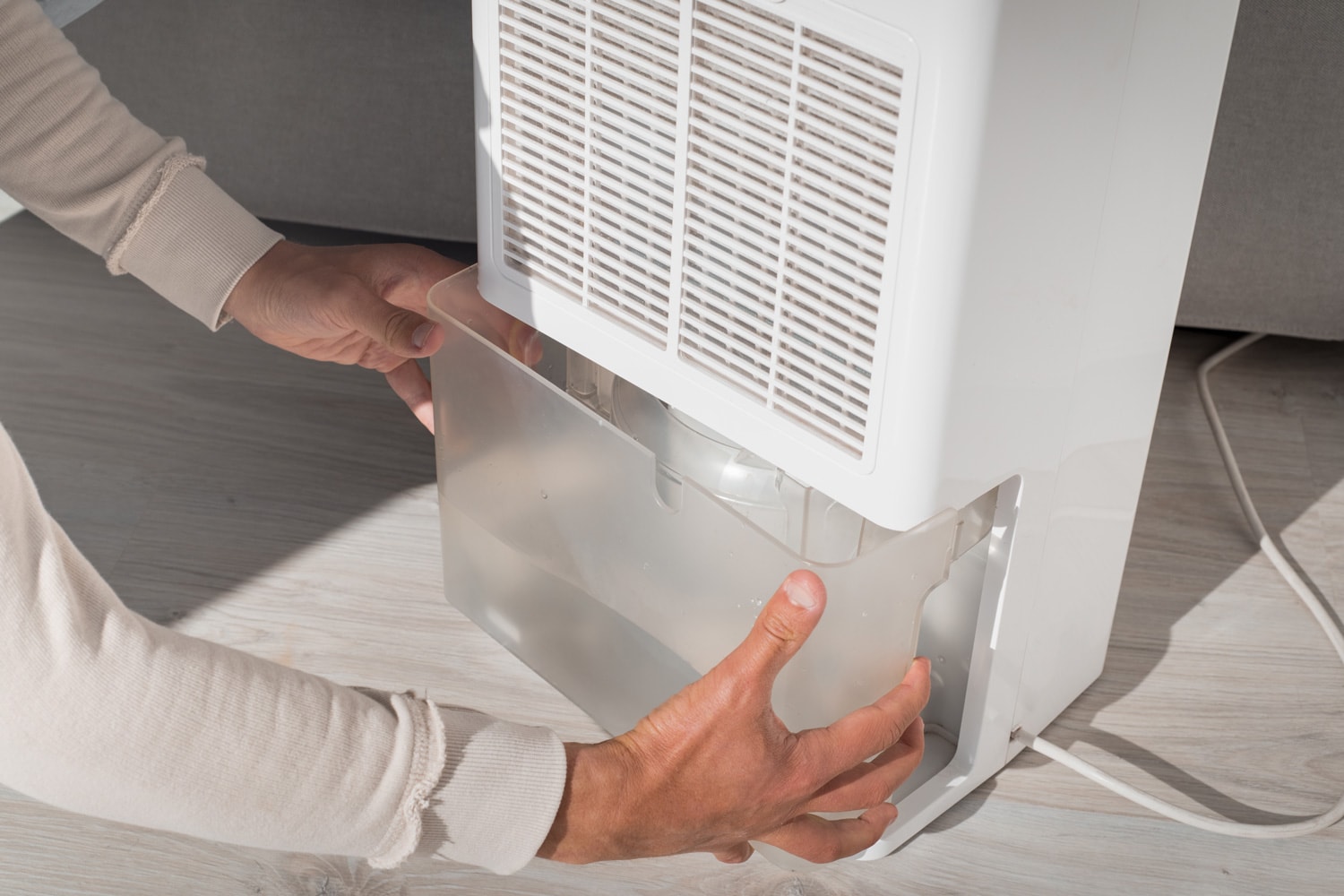
Dehumidifier repairs often cost $50 to $200. While many problems may be resolved by homeowners on their own, more complicated concerns should be addressed by an HVAC specialist. Thaw, blockages in the drainages, filthy coils, and hardware failures are all frequent issues with dehumidifiers and compressors.
To Sum Up
With the tips provided in this post, you should be able to resolve any issues you may be experiencing with your dehumidifier compressor. Remember to call HVAC experts for more complicated issues to avoid fire hazards or other accidents.
To read more on dehumidifiers, check out these related articles:
